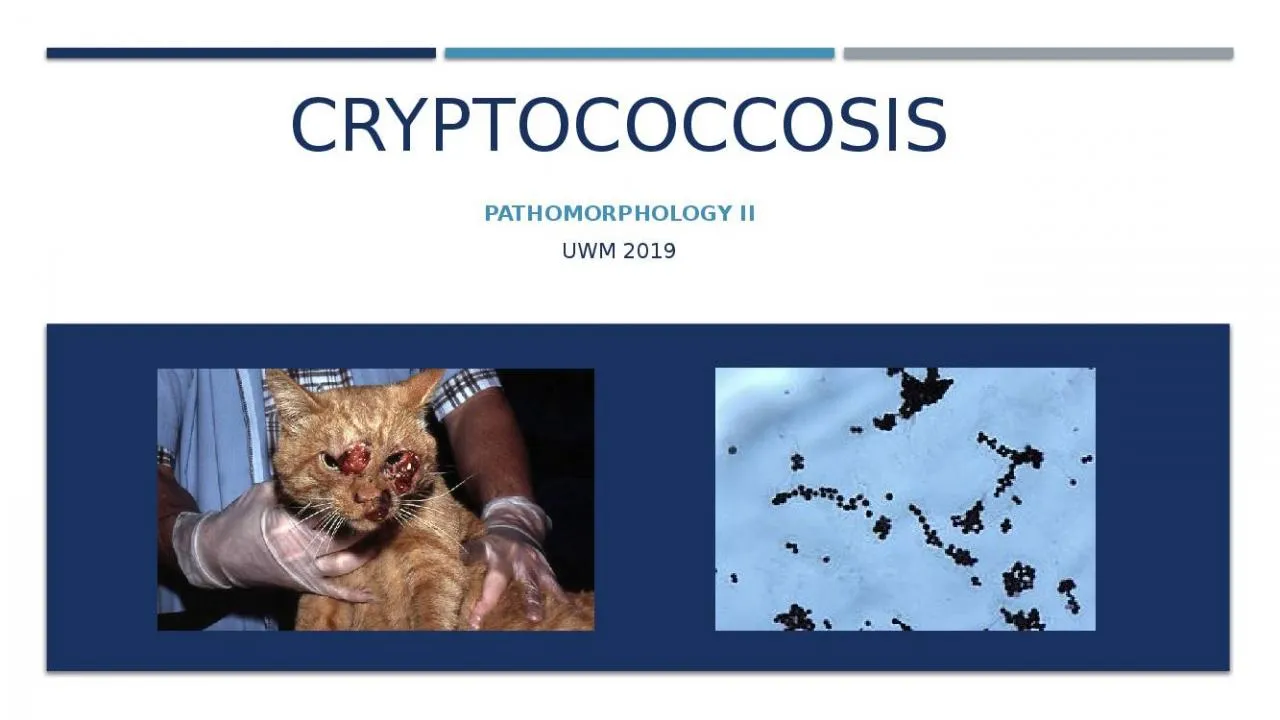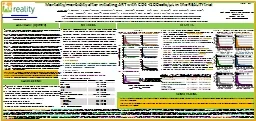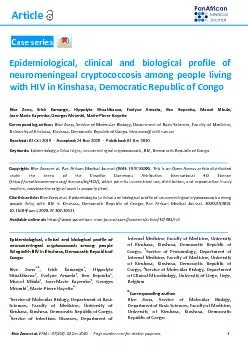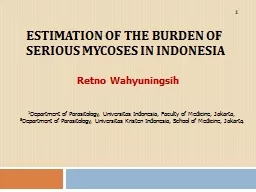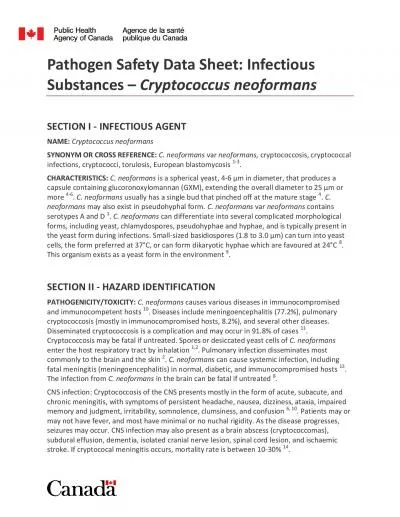PPT-CRYPTOCOCCOSIS PATHOMORPHOLOGY II
Author : blanko | Published Date : 2022-05-18
UWM 2019 INDEX AETIOLOGICAL AGENT EPIDEMIOLOGY SPECIES AFFECTED TRANSMISSION PATHOGENESIS CLINICALS SIGNS CATS DOGS OTHER SPECIES MACROSCOPIC LESIONS HISTOPATHOLOGY
Presentation Embed Code
Download Presentation
Download Presentation The PPT/PDF document "CRYPTOCOCCOSIS PATHOMORPHOLOGY II" is the property of its rightful owner. Permission is granted to download and print the materials on this website for personal, non-commercial use only, and to display it on your personal computer provided you do not modify the materials and that you retain all copyright notices contained in the materials. By downloading content from our website, you accept the terms of this agreement.
CRYPTOCOCCOSIS PATHOMORPHOLOGY II: Transcript
Download Rules Of Document
"CRYPTOCOCCOSIS PATHOMORPHOLOGY II"The content belongs to its owner. You may download and print it for personal use, without modification, and keep all copyright notices. By downloading, you agree to these terms.
Related Documents

